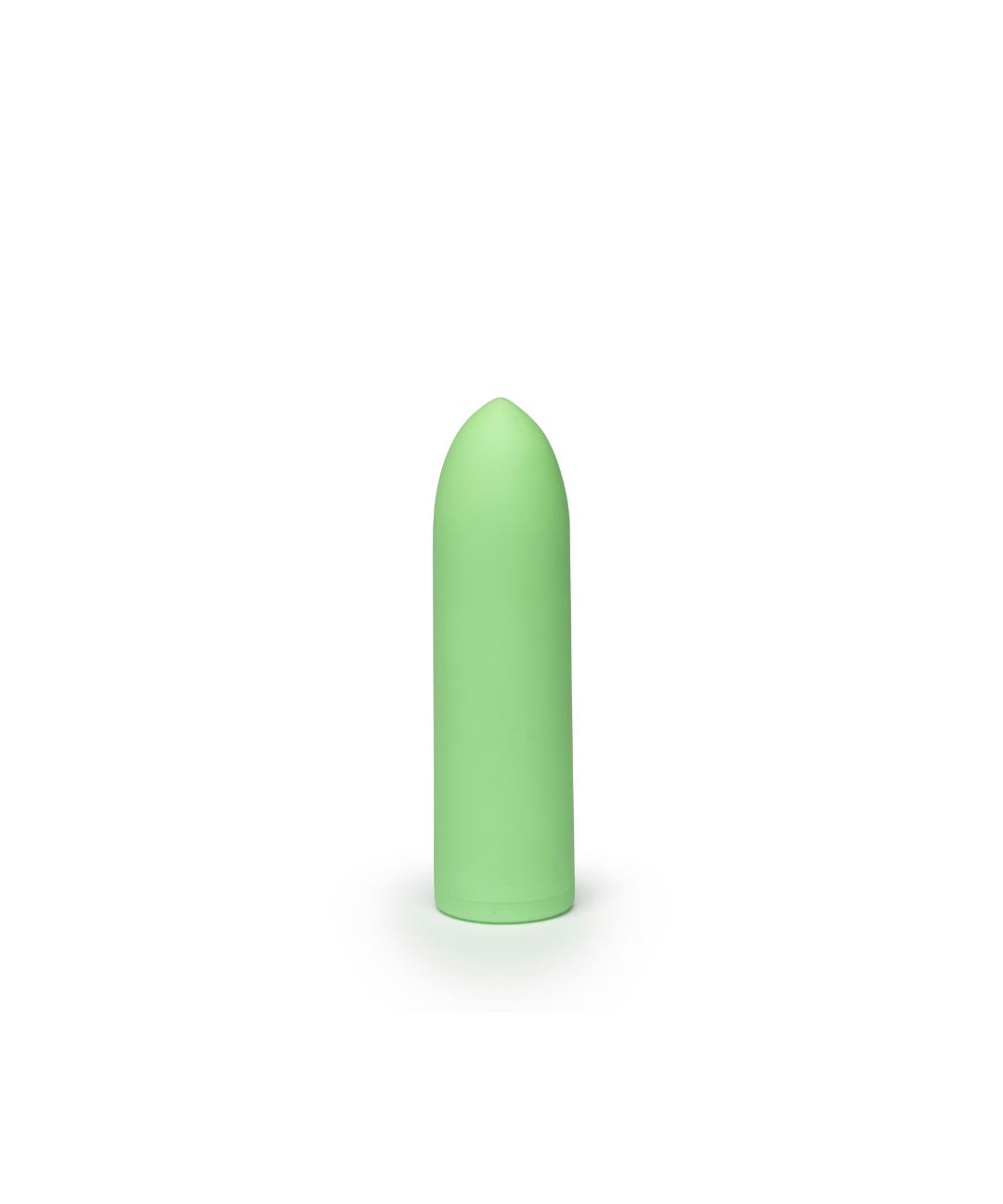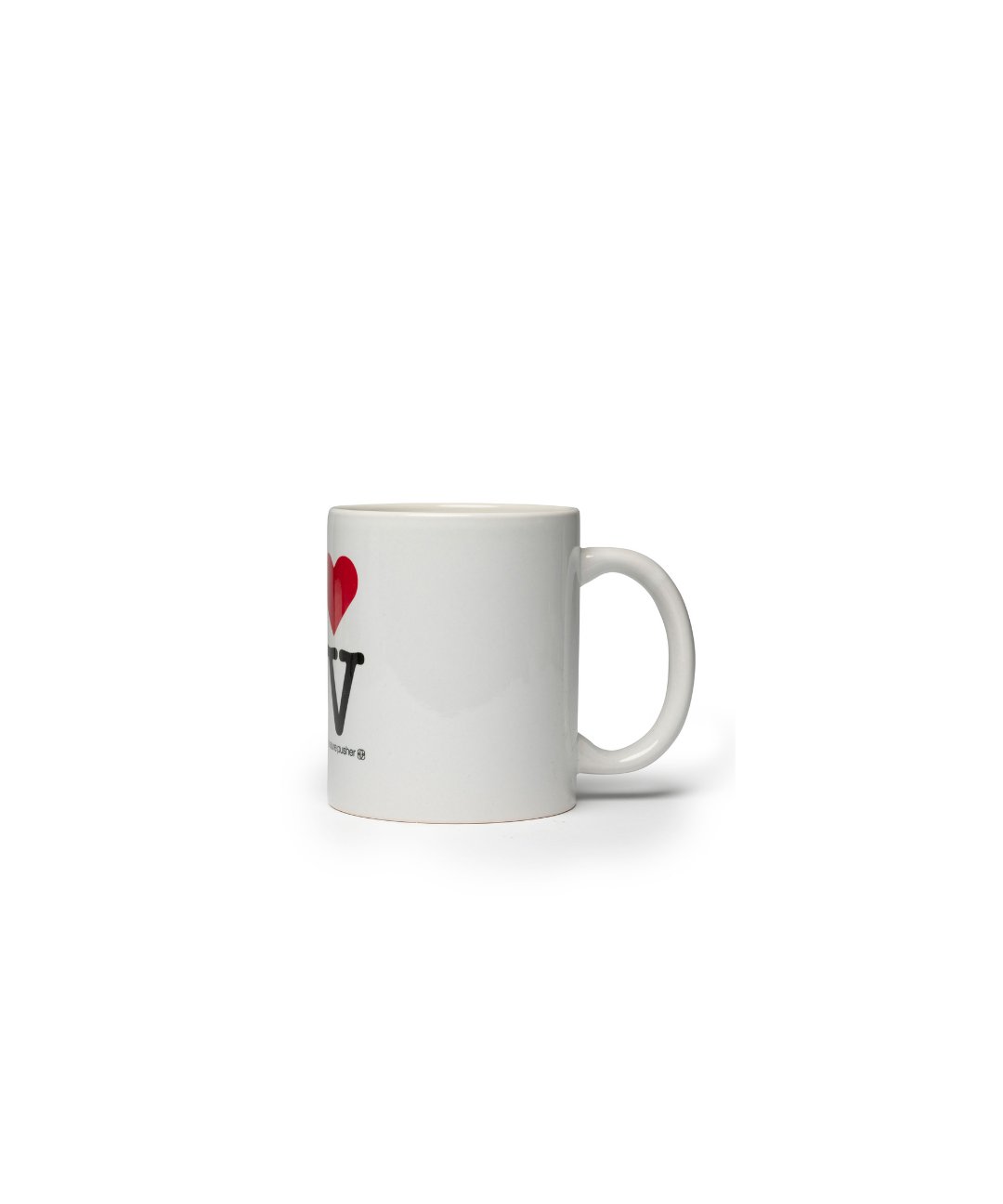A poor woman in distress (perhaps wearing a short, low-cut dress - if she's not just wearing a bikini) and a strong man who, thank God, comes to her rescue AND also probably makes sure she doesn't come up short financially something for the rest of your life. As long as she continues to look good and, by the way, dinner is on the table at 6:00 p.m.
Have you seen that movie?
Probably. Because let's face it - it's been recorded over and over again. And it uses the same recipe every time: The male gauze.
What is the male gauze?
The term originates from film theory. It was the director Laura Mulvey who first put words to the phenomenon in 1975 in her famous article 'Visual pleasure and narrative cinema'.
'The male gaze' is - loosely translated into Danish - 'the male gaze'. It is the way in which the heterosexual man sees and describes the world. In the film industry, the male gaze has pretty much always had an impact on how women, gender and society in general have been portrayed. The expression in films and other visual media has over time been characterized by a masculine, heterosexual perspective, where women typically appear sexualized.
When the male gaze is in play, there is less (or no) focus on the woman's feelings, thoughts and own sexuality. Instead, she rendered through the man's sexualized gaze on her. In other words, the male gaze is born directly out of the heterosexual man's desire.
This has meant that women in films have often been objectified, that they have been depicted naked or with very little clothing on, and that the female lead or supporting role has primarily had the purpose of supporting the male lead: To make him look strong and powerful while she is passive.
See more good examples of what the male gaze is in the video here:
It's a man's world
The male gaze has become a kind of cultural norm: a template for how we tell stories. But the male gaze has not only had an impact on the film world. Because media and culture leaves an imprint on the rest of society and our way of perceiving the world and each other. The male gaze helps to strengthen a view of women that is far from equal and helps to maintain a patriarchy.
“The male gaze creates an imbalance in power. It supports a patriarchal status quo by maintaining an objectification of women (also outside the world of the film, ed.),” has Ph.D. in Film and Cultural Studies Janice Loreck previously argued .
This applies in society, pop culture, fashion, equality, economics - and in sex. When we talk about the male gaze, we can also talk about a 'heterosexual script'. In Klub Venus' podcast Venus Hotline, host and sexologist Sara Andersen describes how there is a kind of script for how many of us think sex looks and should be when we enter adulthood:
"When we talk about the heterosexual script, there is first foreplay: It might be fingering and a handjob. Then there is penetration - typically in a missionary, doggy or cowgirl position - and then (the man, ed.) ejaculates, the woman moans performatively, then we lie down, and that's it. It's my impression that a lot of people see it this way: It's sex. And that's also what we grow up with in media and films," she says in an episode of the podcast, which you can hear here:
OFFICE
The man's view of the world not only helps to keep women in a submissive and passive role - the male gaze also leaves its mark on the status other genders and sexualities other than the heterosexual have in our society.
“We are all affected by the male gaze. Could we all together move into something new?," asks Asta Andersen in the podcast.
In the right direction
And fortunately we are on our way - you can debate whether it is going fast enough, but something is happening anyway. In the porn industry, which in particular has been permeated by the masculine and heteronormative representation of gender and sex, more and more inclusive creators and performers are appearing.
You can read about where you find porn that has other and more than the man's ejaculation in focus in our guide Ethical porn: The 9 best porn sites we know, just as we have also made a guide to 5 female porn creators you should know .
Something has also happened in the film industry - in fact it has been going on for a few years, with several female directors focusing on a more versatile narrative entering the big screen (e.g. Janicza Bravo, who directed the film 'Zola ', and Cathy Yan, who sat in the director's chair during the filming of 'Harley Quinn: Birds of Prey', ed.). Most recently, the actress Keira Knightley announced in 2021 that she will no longer do nude scenes precisely because of the male gaze:
“I'm very uncomfortable trying to reproduce the male gaze. That being said, there have been times where I've been like, 'Yeah, I can definitely see how this sex is going to be really good in this movie, and basically you just need someone to look hot'," she previously told the film media Variety.
Be that as it may, the masculine heterosexual worldview is reproduced again and again. And many of us probably unconsciously contribute to that representation - because that's how the world has always looked. Fortunately, it doesn't have to keep looking like that.
Would you like to know more about the male gauze? Then listen to the Klub Venus podcast on the subject:
OFFICE









